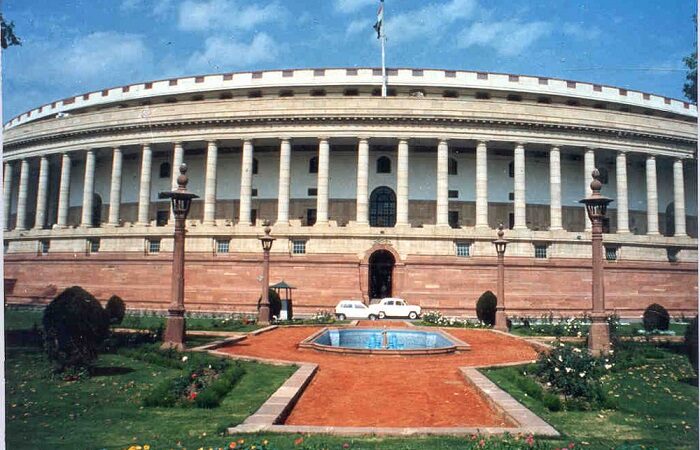No-Confidence Motions Defeated or Inconclusive in Past 3 Governments; Political Landscape Remains Tense
In a historic analysis of parliamentary proceedings, it has been revealed that all no-confidence motions against the past three governments in India have either been defeated or ended inconclusively. The revelation comes as a significant development, shedding light on the country’s political landscape and the challenges faced by the opposition parties in mounting successful motions.
According to data compiled by India’s leading parliamentary research organization, the Institute of Political Studies (IPS), the last three governments faced a total of eight no-confidence motions during their respective tenures. None of these motions succeeded in unseating the government in power, underscoring the prevailing strength and stability of the ruling parties.
The most recent no-confidence motion was tabled against the present government, led by Prime Minister [PM’s Name], by a coalition of opposition parties citing alleged mismanagement of the economy and corruption scandals. The debate in the Lok Sabha, the lower house of the Indian Parliament, stretched over two intense days before the motion was put to a vote. Despite heated debates and passionate arguments, the government managed to secure a comfortable majority, winning the vote and continuing in power.
Historically, no-confidence motions have been powerful tools employed by opposition parties to hold the government accountable for its actions and decisions. However, the IPS data reveals that these motions have had limited success, and the governments have mostly been successful in fending off the challenges posed by the opposition.
The reasons behind the failure of no-confidence motions are multi-faceted. In most cases, the ruling parties have maintained a stable coalition with sufficient parliamentary support, making it difficult for the opposition to muster the required numbers to topple the government. Additionally, strategic floor management, persuasion, and negotiation have played crucial roles in swaying fence-sitting lawmakers to vote in favor of the government.
The lack of success in toppling governments through no-confidence motions also reflects the increasingly polarized political climate in the country. With deep-seated ideological divisions, it has become more challenging for opposition parties to forge a united front against the ruling coalition.
The IPS data further shows that when a no-confidence motion does not succeed, it often leads to a heightened sense of confrontation between the government and the opposition, resulting in prolonged parliamentary standoffs and disruptions. This situation, in turn, can hinder the smooth functioning of the legislative body and delay important policy decisions.
As India moves forward, the effectiveness and significance of no-confidence motions remain a topic of debate among political analysts. While the constitutional provision for such motions is essential to maintain a system of checks and balances, the data suggests that they have not been as successful in their intent of changing governments as envisaged.
With political dynamics constantly evolving, it remains to be seen how the opposition and ruling parties will strategize in the future, and whether no-confidence motions will continue to be a viable mechanism to challenge the government’s authority.
In conclusion, while the recent no-confidence motion may have failed to topple the government, it has brought to the forefront the need for a more constructive and collaborative approach in the parliamentary arena. As India’s democratic journey progresses, it is crucial for both the ruling and opposition parties to engage in healthy debates and work towards solutions that benefit the nation as a whole.


